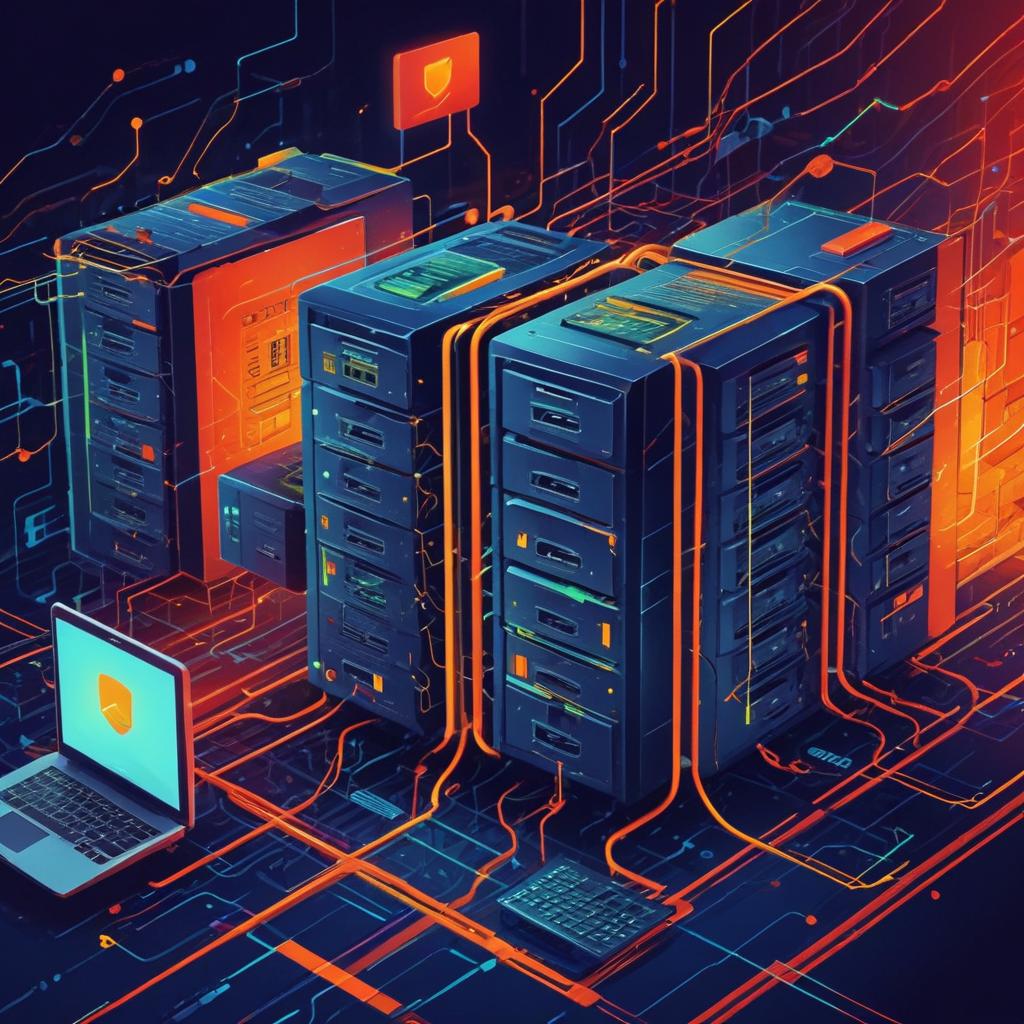Addressing the TrueNAS Vulnerabilities: A Path Toward Enhanced Cybersecurity

Recent talks surrounding the flaws that were identified in TrueNAS products during the Pwn2Own Ireland 2024 hacking contest have ignited the issue of cyber hygiene in the TrueNAS environment. Importantly, one of the teams showcased the inherent dangers by using their TrueNAS devices that are set to factory defaults. This activity stressed the importance of implementing firm protective measures and emphasized the never-ending troubles of maintaining the security of the network-attached storage (NAS) systems.
Tactical Positives
- TrueNAS conceded the shortcomings and is working on fixing them.
- The necessity of testing and evaluation of NAS devices was sharpened.
- Security researchers engaged creatively with the problems as they were compensated for their work, demonstrating the contribution attitude of the cybersecurity industry.
The more proactive actions vendors take against the vulnerabilities, the trust of users in the product increases. TrueNAS has pointed out the weaknesses, chiefly, those associated with the devices that are freshly unboxed. Installing the updates and encouraging the users to employ the principles of adequate safety makes the world a safer place for everyone. Such principles not only help in voicing out the prompt aspects of the nature of risks. But also help in taking care of the risks that may occur in the future regarding the safety of the products and the data of the users.
Considerations and Broader Perspectives
Although TrueNAS is indeed providing patches for these vulnerabilities, it is equally important to interrogate some aspects of the narrative: Let’s take a look at some very specific questions:
- Are default settings truly representative of the configuration that an average user would set, or are they an exaggeration on behalf of the developers?
- Of the users that exist, how many of them follow the instructions regarding security, and what does it mean, in terms of exposure to zero-day attacks?
- The assumption, or rather expectation, is that all the users were aware of the risks, and used the recommendations provided by the security advisers. Is this even possible?
It is equally important to consider the counterarguments that could be raised. Many security measures seem to depend on users, which means that a great deal will remain vulnerable. There exists a fundamental problem in cybersecurity that many people may not know how to help protect their devices. What happens though when users are passive? Every layer of responsibility starting from the manufacturers of the devices and users themselves is crucial for data security.
Looking at different ways of interpretation of the findings might help understand the realities of a product’s use. TrueNAS conceivably represents not a particular failure instance, but an occurrence that results from industry based-conditions. This is a challenge that goes beyond that of one manufacturer and extends to how technology products are designed and marketed into global markets. Numerous products are shipped with a preset configuration that is optimal for the user but not for security, so devices end up in more or less the same mess.
TrueNAS is not an outlier, numerous devices are subjected to similar threats. The recent revelations serve to strengthen the argument that a coordinated effort is required across members of the community towards enhanced security maintenance practices during the manufacturing and use of devices.
In terms of these perspectives, please focus on your data security processes as well. Do you possess adequate information, resources, and skills in dealing with a device to ward it against any possible threats or risks? Taking an active part in increasing awareness of cybersecurity seems like the single most significant step in increasing the chances of a safe future.
The protection of one’s data is a cause that everyone should consider seriously. DiskInternals engages in the development of both virtual and real data recovery solutions. Our experience with data loss generally helps us appreciate the implications and, in that light, especially view the importance of taking appropriate measures to prevent data from being lost.